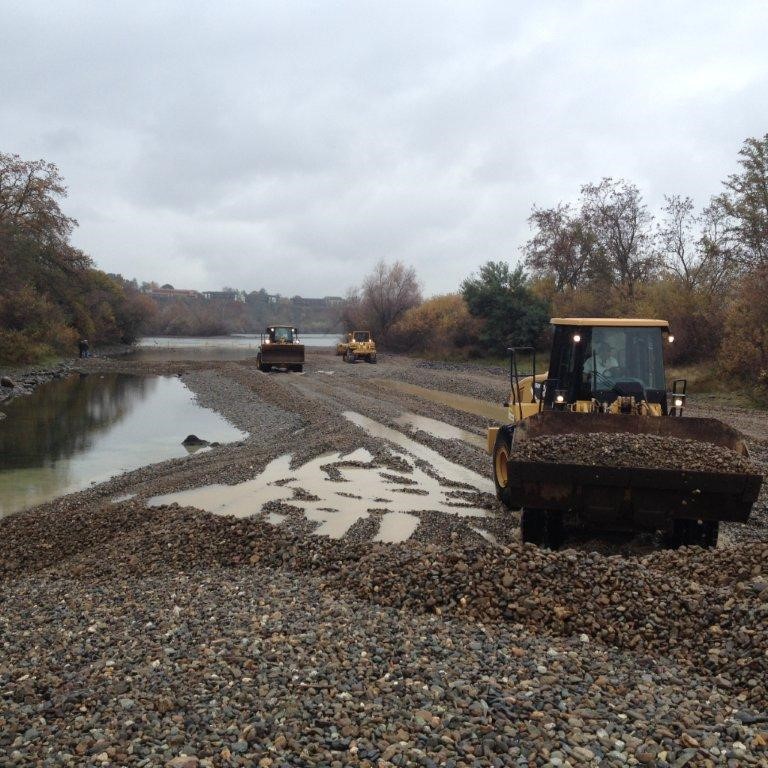
A large amount of rearing and spawning habitat was lost in areas upstream of Central Valley dams following dam construction. Large amounts of rearing side channel and floodplain habitat downstream of the dams have also been lost to dikes, levees, drainage and conversion to ag lands or other development.
Soon after hatching, when flows pick up, juvenile salmon often move downstream because of lack of good rearing areas in the upper river. Much of the main river channel is devoid of food and shelter necessary for fry rearing; however, side channels, can provide lots of both if restored to their original condition. In some cases this is as easy as removing gravel plugs at the upstream end of the channels.

In addition to the Sacramento, the Feather River also has several locations where rearing side channels and floodplains can be reopened with significant benefits to salmon in that watershed.
This project would create up to 13 new rearing side channels at a number of locations in the upper Sacramento River basin and several more on the Feather River. Restored side channels on these rivers are expected to improve both growth and predation survival for both listed and non-listed salmon runs.
In addition, some historic floodplain habitat still exists, separated from the rivers by levees. Restoration of some of this is as easy as breaching the levees and allowing the lands to once again flood when the rivers run high. This provides high-quality rearing and feeding habitat for juvenile salmon.
Latest success in upper Sacramento River side channel restoration
